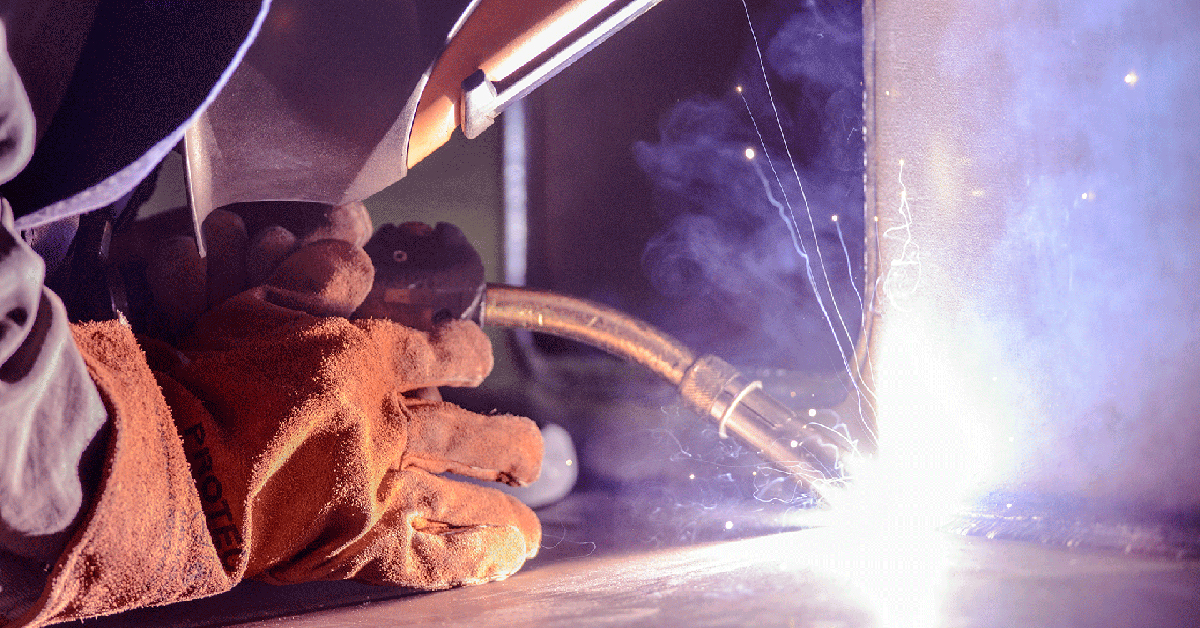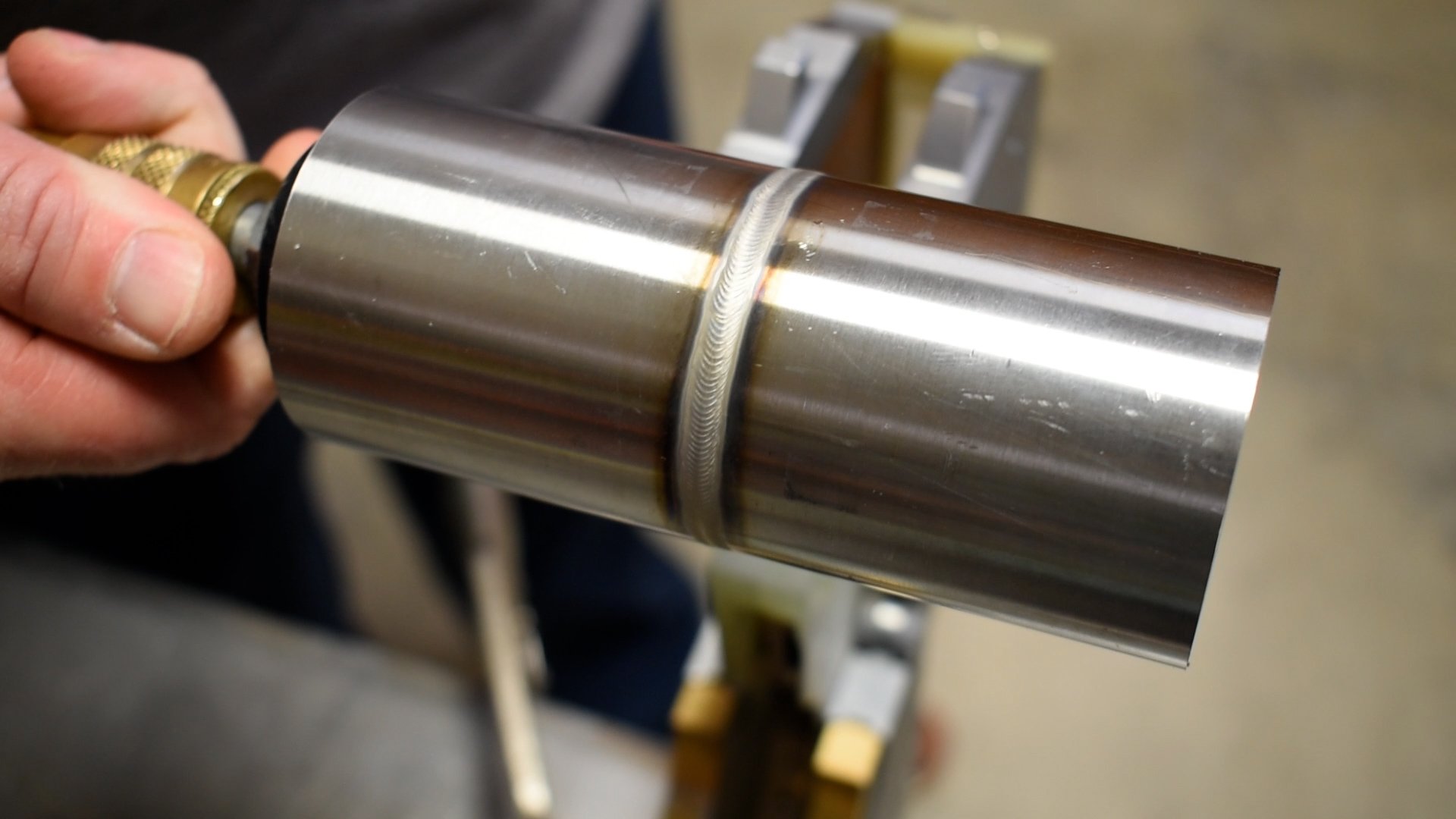Your Complete Manual to Preventing Weld Undercut Like a Pro
Your Complete Manual to Preventing Weld Undercut Like a Pro
Blog Article
Understanding the Art of Welding: Exactly How to Stay Clear Of Undercut Welding Issues for Flawless Construction Outcomes
Efficiency and accuracy are paramount on the planet of welding, where also the slightest blemish can jeopardize the structural honesty of a made piece. One usual difficulty that welders face is undercutting, a defect that can deteriorate a weld joint and lead to expensive rework. By comprehending the source of undercut welding and implementing effective techniques to stop it, welders can elevate their craft to new degrees of excellence (Preventing weld undercut). In the search of perfect manufacture results, grasping the art of welding to avoid undercut concerns is not simply a skill but a necessity for those aiming for perfection in their job.
Understanding Undercut Welding

To avoid undercut welding, welders ought to ensure appropriate welding criteria, such as readjusting the existing, voltage, traveling speed, and keeping the right electrode angle. Furthermore, making use of the suitable welding technique for the details joint configuration is important. Using weaving movements or backstepping methods can help make sure appropriate weld steel deposition and decrease the chance of undercut development. Regular examination of welds during and after the welding procedure is also essential to catch any type of undercut very early and make required changes to avoid additional flaws. Preventing weld undercut. By understanding the reasons of undercut welding and implementing safety nets, welders can accomplish high-quality, structurally sound welds.
Root Causes Of Undercut in Welding
Recognizing the aspects that add to undercut in welding is crucial for welders to generate high-grade, structurally audio welds. Poor welding existing or inaccurate welding rate can additionally add to undercut. Recognizing these reasons and executing appropriate welding techniques can assist prevent damaging issues, making certain solid and sturdy welds.
Methods to avoid Undercutting

To reduce the risk of undercutting in welding, welders can employ strategic welding strategies targeted at improving the high quality and honesty of the weld joints. One efficient approach is to readjust the welding criteria, such as voltage, present, and travel speed, to ensure appropriate heat input and deposition. Keeping a suitable electrode angle and making sure regular traveling speed can additionally assist stop undercut. Additionally, using the right welding technique for the specific joint configuration, such as weave or stringer beads, can add to reducing undercutting. Preventing weld undercut.
Moreover, appropriate joint preparation, consisting of guaranteeing tidy base products totally free of contaminants and original site utilizing the suitable welding consumables, is crucial in avoiding undercut problems. Utilizing back-step welding methods and managing the weld grain account can also assist distribute heat equally and minimize the risk of undercut. Routine evaluation of the weld joint throughout and after welding, as well as implementing high quality assurance steps, can aid in dealing with and discovering undercutting issues immediately. By executing these techniques carefully, welders can achieve perfect manufacture results with marginal undercut problems.
Importance of Correct Welding Parameters
Picking and keeping suitable welding criteria is essential for attaining effective welds with marginal defects. Welding parameters describe variables such as voltage, existing, take a trip speed, electrode angle, and securing gas circulation rate that straight impact the welding procedure. These parameters should be very carefully adjusted based upon the kind of material being welded, its thickness, and the welding technique used.
Proper welding specifications make certain the correct amount of warm is put on thaw the base metals and filler product uniformly. If the parameters are established too expensive, it can lead to extreme warmth input, causing burn-through, spatter, or distortion. On the other hand, if the parameters are also reduced, incomplete fusion, lack of penetration, or damaging may take place.
Quality Control in Welding Operations

Final Thought
In final thought, grasping the art of welding requires a detailed understanding of undercut welding, its causes, and strategies to stop it. By guaranteeing proper welding criteria and implementing quality control practices, flawless manufacture outcomes can be achieved. It is essential for welders to regularly pursue excellence in their welding procedures to stay clear of undercut problems and create premium welds.
Undercut welding, a typical view issue in welding procedures, takes place when the weld steel doesn't properly fill the groove and leaves a groove or anxiety along the welded joint.To stop undercut welding, welders should make certain appropriate welding parameters, such as readjusting the present, voltage, traveling rate, and keeping the appropriate electrode angle. Poor welding wrong or current welding speed can also add to damage.To minimize the threat of undercutting in welding, welders can use critical welding strategies intended at enhancing the top quality and integrity of the weld joints.In final thought, grasping the art of welding requires a complete understanding of undercut welding, its causes, and techniques to stop it.
Report this page